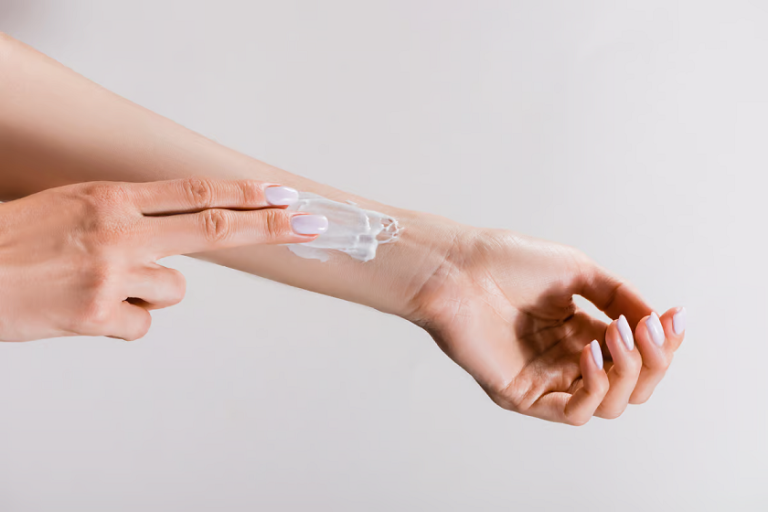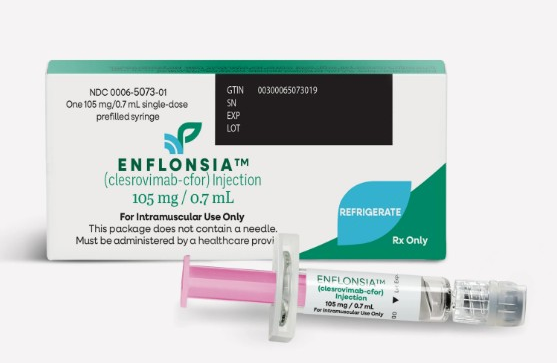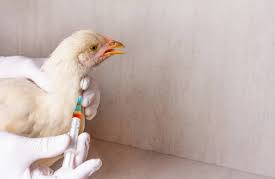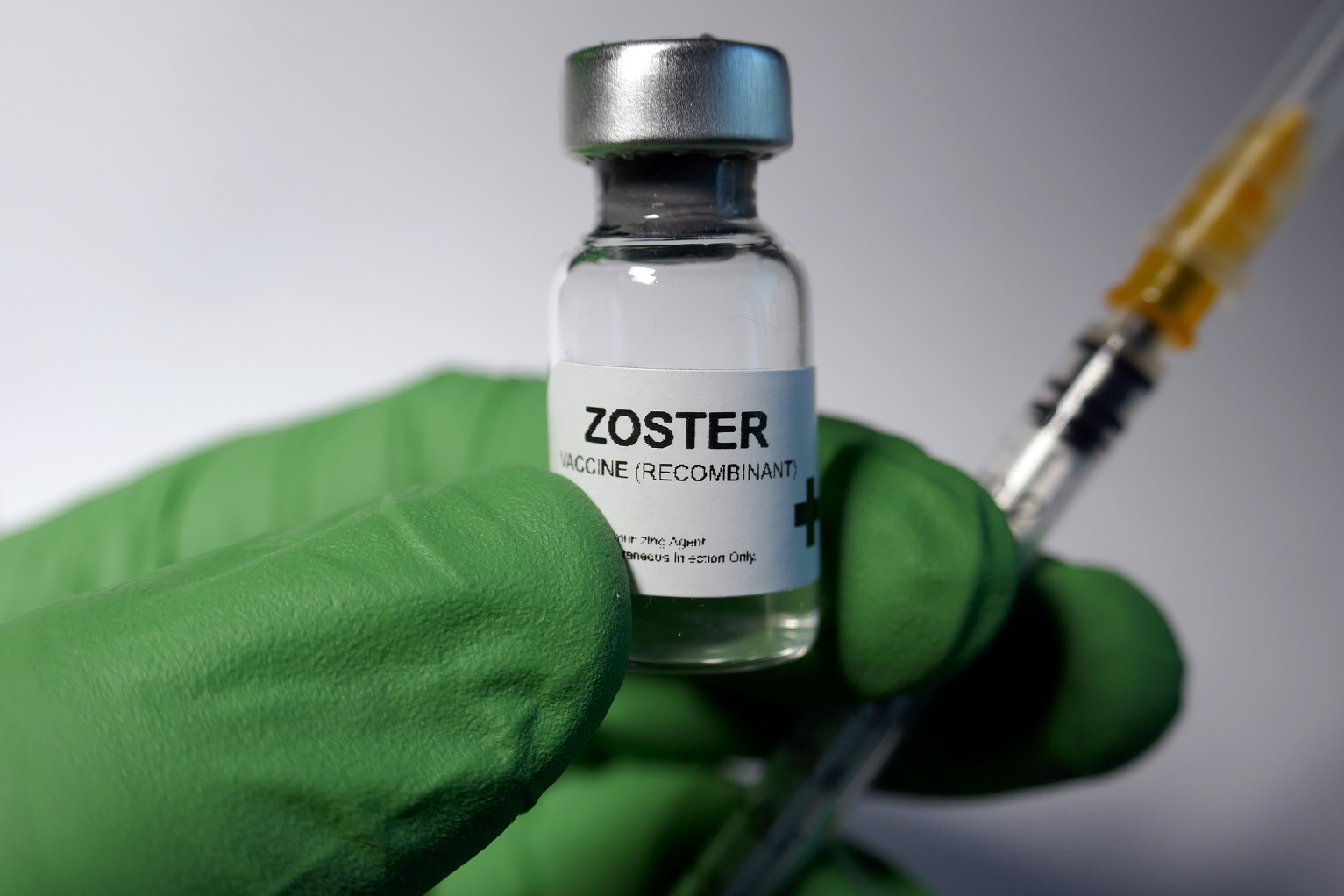A new study conducted by Stanford University scientists and published in Nature discusses a newly developed topical vaccine using Staphylococcus epidermidis, a common bacterium found on human skin. The researchers speculate that this new type of vaccine delivery system could offer an alternative to traditional needle-based vaccinations and avoid common side effects like fever, swelling, and soreness.1
Michael Fischbach, PhD, professor of bioengineering at Stanford University and a researcher on the study stated:
We all hate needles—everybody does. I haven’t found a single person who doesn’t like the idea that it’s possible to replace a shot with a cream.”2
The study explored the use of S. epidermidis, a bacterium that lives on the skin of human beings. Although previously overlooked in immunology, recent findings indicate that S. epidermidis triggers a strong immune response when introduced to the body. In experiments with mice, the researchers applied the bacterium to the animals’ skin and measured the resulting immune response. The antibody levels produced were unexpectedly high, even surpassing those seen with conventional vaccines. “Those antibodies’ levels increased slowly, then some more—and then even more. It’s as if the mice had been vaccinated,” Dr. Fischback said.3
The researchers said that immunologists may have overlooked skin-colonizing bacteria because they were traditionally believed to have little impact on our health. They pointed outthat this discovery challenges prior assumptions about the bacteria, suggesting it could serve as a potential basis for vaccine development.4 5
Fischbach added:
The same thing appears to be occurring naturally in humans. We got blood from human donors and found that their circulating levels of antibodies directed at S. epidermidis were as high as anything we get routinely vaccinated against.”6
Fischback found it puzzling that the immune system mounts such a strong response to bacteria like S. epidermidis, which reside on the skin’s surface without causing harm. “It seems as though our immune system’s reaction to these bacteria, hanging out beyond the skin’s antimicrobial barrier, serves no clear purpose,” he said.7
This raises the question: why does the immune system respond so vigorously? Fischbach likened it to the saying by poet Robert Frost… “Good fences make good neighbors,” explaining that many people assume the skin acts as a perfect barrier. However, he argues that the skin is far from impenetrable. Without the immune system’s assistance, it would quickly be compromised.8 He explained:
The best fence is those antibodies. They’re the immune system’s way of protecting us from the inevitable cuts, scrapes, nicks and scratches we accumulate in our daily existence.9
The immune system typically begins to produce antibodies only after a pathogen that causes disease has entered the body. In contrast, the response to S. epidermidis is proactive, occurring before any issue arises. This allows the immune system to be prepared in case of injury, such as a skin break, when the bacteria might enter the body and potentially spread through the bloodstream.10
Role of Aap Protein and Experimental Results
The researchers said the key factor in the success of their research is the Aap protein, which is found on the surface of S. epidermidis. This protein plays a critical role in stimulating immune cells to produce antibodies. Aap has a treelike structure that allows it to interact with immune cells and trigger the production of IgG and IgA antibodies. IgG antibodies circulate in the bloodstream, while IgA antibodies protect the mucosal surfaces, such as the nose and lungs, from pathogens.11
To further test the potential of this approach, the researchers modified S. epidermidis to display a fragment of tetanus toxin using the Aap protein. The modified bacteria were applied to the skin of mice, and over several weeks, the animals developed specific antibody responses targeting the tetanus toxin. When the mice were later exposed to a lethal dose of tetanus toxin, the treated animals were protected, while the control group that received the unmodified bacteria did not survive.
This experiment demonstrated that the engineered bacteria could effectively function as a vaccine. The researchers found that only a few applications of the topical treatment were necessary to elicit a protective immune response.12
Future Implications
The research team believes their topical vaccine technology could extend beyond tetanus, potentially providing a new way to vaccinate against various viruses, bacteria, fungi, and parasites. They added that key advantage of this approach is that it seems to avoid the inflammatory responses commonly triggered by traditional vaccines, which can cause mild discomfort or side effects. Fischbach said:
Most vaccines have ingredients that stimulate an inflammatory response and make you feel a little sick. These bugs don’t do that. We expect that you wouldn’t experience any inflammation at all.13
Although the results in mice are promising, further studies are needed to evaluate the vaccine’s safety and effectiveness in humans. The team plans to conduct additional research in monkeys and anticipates beginning clinical trials within two to three years.14
If you would like to receive an e-mail notice of the most recent articles published in The Vaccine Reaction each week, click here.
Click here to view References:1 Goldman, B. Stanford scientists transform ubiquitous skin bacterium into a topical vaccine. Stanford Medicine News Center Dec. 11. 2024.
2 Ibid.
3 Malewar P. Researchers develop cream-based vaccine using skin bacteria. Tech Explorist Dec. 17, 2024.
4 Goldman, B. Stanford scientists transform ubiquitous skin bacterium into a topical vaccine. Stanford Medicine News Center Dec. 11. 2024.
5 Malewar P. Researchers develop cream-based vaccine using skin bacteria. Tech Explorist Dec. 17, 2024.
6 Goldman, B. Stanford scientists transform ubiquitous skin bacterium into a topical vaccine. Stanford Medicine News Center Dec. 11. 2024.
7 Ibid.
8 Ibid.
9 Ibid.
10 Ibid.
11 Ibid.
12 Malewar P. Researchers develop cream-based vaccine using skin bacteria. Tech Explorist Dec. 17, 2024.
13 Goldman B. Stanford scientists transform ubiquitous skin bacterium into a topical vaccine. Stanford Medicine News Center Dec. 11. 2024.
14 Ibid.













7 Responses
if it safe it won’t be available.
no after market profit from a safe medical product.
If it’s safe and effective, why would pharmaceutical companies bother? They are in the business of creating disease in order to increase profits. Healthy people don’t drive income.
Article quote: We all hate needles—everybody does. I haven’t found a single person who doesn’t like the idea that it’s possible to replace a shot with a cream. / end
Well Michael Fischbach, you found one today. Absolutely, guaranteed ten thousand times over. You found that person today. Unequivocally; NO! We do not want this thing you have developed.
This is incredibly irresponsible research. The potential for unintended consequences and abuse of the process for all vaccination remains very high, even more so with a topical application. Shed over here. Shed over there. Shedding dangerous pathogens everywhere! Deadly disease bacteria encapsulated in proteins which may or not be water soluble to the degree people expect when they perform normal hygienic activity like washing hands, cleaning surfaces, doing laundry. Don’t people put cream on with their hands? And then don’t they touch everything else with those same hands?
Then we can move towards a necessary conversation about how the bacteria will react in such an open air environment, if it will multiply, grow, gain unexpected resiliency to transform into some deadly non treatable super bacteria which there is no medical counter for, out in the wild, appearing in the most unexpected places. How will the modified protein react when it comes into contact with bacteria which is currently in the wild? Write up the exponential expression for that variable, you’ll need a lot of zero’s.
It’s going to be so nice to never be able to use hand creams or lotions ever again as long as we live, if the substances are produced by the same company, or anywhere even in remote proximity to where these mad science concoctions are developed. Talk about needing to stay away or at least insulated from the vaccinated and their dangerous pathogenic shedding, this is next level.
How many tax dollars had to be spent for the supposedly sophisticated researchers to understand basic principals of the human body? The skin is the human beings largest organ. It is the most busy, most voluminous, and most prone to damage organ in the body. Because it’s on the outside not the inside. And like other tissue and cellular matter which a human is comprised of, there is a constant exchange of material as our body is constantly rejuvenating itself through the process of cellular exchange which is why we’re always growing new cells. But call it a fence in between leisurely book breaks reading poetry in a white lab coat.
For people whom were paying attention; When we use hand sanitizer this kills all those bacteria which reside on the outside of our skin. Then when we touch thermal paper, alongside a great many other toxins which may come into contact with our skin, the chemical uptake of absorbed toxic substances is amplified over a hundred times comparative to people whom do not use hand sanitizer and do not have this protective barrier of bacteria present. Thermal paper is present in almost every single receipt we are handed at retail shopping locations. Using hand sanitizer to kill the bacteria on one’s skin is one of the most dangerous health destroying activities one can engage in on a regular basis. When a person exposes themselves to this much chemical uptake while simultaneously removing the bodies natural and innate defensive bacteria. Because they’re hypochondriacs afraid of germs. And they’re so ignorant about chemicals and germs they do not understand that germs may be helpful, and chemicals are not.
Let me break this down in a real simple way. Those bacteria are there for a reason, part of the natural design of the human body. Believe what you will how this came to be, by miraculous conception, intelligent design, or simply via various forms and stages of evolution. That fence is there for a reason. That reason specifically is to keep toxins and other dangerous bacteria out of our body or minimize it’s possible influence.
And these geniuses are current developing novel ways to bypass a human beings natural defense system to flood our bodies with deadly pathogens and toxins through a hand cream. As if there is not enough dangerous chemicals in the average hand cream anyways. They could have pursued improved human health by specifically analyzing toxic elements and assisting in the global movement to reduce human beings general exposure levels to chemicals and toxins. Instead they are allocating resources to find ways to bypass the humans natural defense systems to purposefully deliver toxins instead.
These people are not experts. What they are doing is not a valid science. Write a poem about that and kindly stay off my lawn, I watched you jump the fence and this is an unacceptable intrusion into our personal space. Can we get someone whom knows what they’re doing over here or perhaps save on taxes instead? You can not inject health. And you can’t rub health into your body in the form of a scientifically modified hand cream either. What planet is this?
Research keywords; nih study hand sanitizer thermal paper
https://pubmed.ncbi.nlm.nih.gov/25337790/
There have been several published papers about how these “harmless skin bacteria” can literally kill you quite quickly if they get inside an organ as it becomes unusually toxic causing sepsis. Years ago I had a dentist that created a compound fracture while pulling a tooth [that I told her to stop & section] and then lied about it. This came to light when shards of bone kept coming through my gums. She also dislocated my TMJ ;but all denial. Years later after I lost right maxillary jaw bone, surrounding teeth and several sinus surgeries ; I paid $ 900. to have a pathologist analyze the final bone shard that came out. Actinomyces isreali, candida parapsilosis, and gram negative coagulase staphloccocus were all dismissed as being harmless skin pathogens and probably caused by contamination during the collection process [by skilled oral surgeon]. The 35 oral & sinus surgeries and massive infections I have had since that day say otherwise.
This new delivery system worries me as it can be slipped into anything with no over site, informed consent or dose control similar to water fluoridation making us dumber and sicker for the last 75 years.
Could this potentially be a surreptitious delivery system for a new “vaccine” flavor of the month?
No thanks. It’s not the needles. Doesn’t matter how they try to deliver them. Antibodies aren’t a nutrient. Nutrients, clean air and water are the essentials for good health; not agents that are harmful to our God given immune system.
Yeah, nothing could possibly go wrong with this… When are we going to finally trust our own immune systems to do their job?